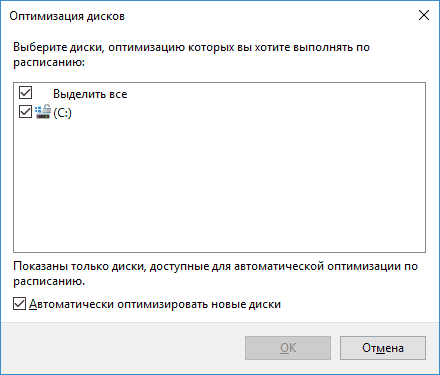

Thus, defragmenting is a standard maintenance operation. These are the moving parts and thus, require regular maintenance. If your computer system is running slow, without much maintenance for a couple of years or so, then defragging could be an excellent option to speed it up.Ī traditional hard drive consists of mechanical parts such as read/write heads and moving parts. It is a great method to slightly improve the performance of the computer.

The process of Disk Defragging has been in use since the long ago. Part 1: SSD Defragmentation - What Does It Mean? Part 4: How to Optimize SSD With Windows Drive Optimizer?.Part 2: What Happens When You Defrag SSD?.Part 1: SSD Defragmentation - What Does It Mean?.So, do we need to defrag our SSDs? What happens when we defrag them both regularly and occasionally? To find answers to these and similar questions, keep reading this post. By running this utility, the system assures that the deleted blocks are ready for reuse and properly marked.Īlso, the latest SSDs mostly use different principles to operate than that of the hard drives. However, SSDs do need sporadic maintenance, which includes occasionally running the TRIM utility.

Unlike hard disks, defragmenting is not required in SSDs. Nowadays, the latest computers, especially Windows 10 PCs, most probably incorporate SSD as the primary storage. The defragmenter utilities also consist of visualizations that enable us to view the moving of data sectors. Well, it has always been the best solution to optimize performance and keep the hard disk working at its top efficiency. But my question is - why should we defragment the hard drive, but not an SSD? How can I optimize the overall performance of my SSD?"ĭuring the earlier times when the digital era was on the rise, we often used to defragment our hard disk frequently. I use both the hard drive as well as SSD. "Hello, friends! I am a little bit confused with the term - defragmenting.


 0 kommentar(er)
0 kommentar(er)
